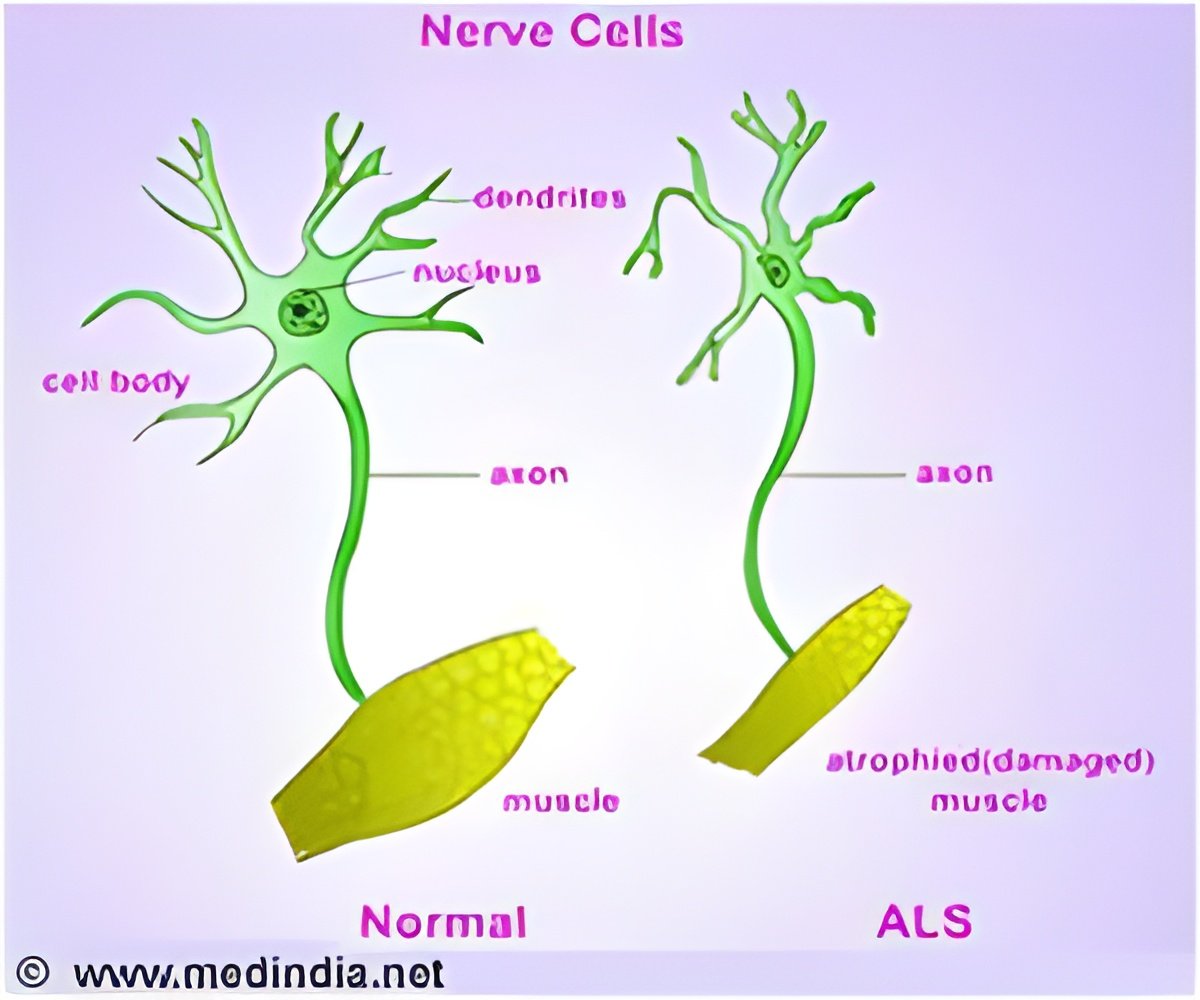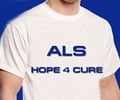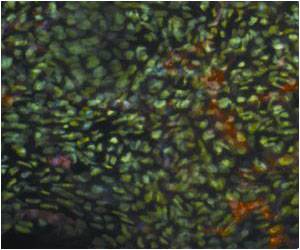A neurodegenerative disease, Amyotrophic lateral sclerosis (ALS) has come with an occurrence rate in France similar to multiple sclerosis (two to three new cases per year for every 100,000 residents).

The latter, located in the brain, receive movement orders. As the disease develops, the neurons degenerate and the muscles are no longer stimulated and stop working. Movements, walking and speech become increasingly difficult and patients tend to pass away an average of two to five years after diagnosis, generally due to respiratory failure.
Paralysis is accompanied by other symptoms, which can be highly disabling on a daily basis. Spasms (or spasticity) are an exaggerated muscular response to a stimulus; they produce long and involuntary muscle contractions, coupled with pain. Spasticity is frequently observed in ALS. Until now, it was attributed to the loss of central motor neurons.
In this study, Inserm researchers have shown that these spasms are, in fact, linked to the degeneration of another type of serotonin-producing neurons located on the brain.
They have observed - both in patients with ALS and in a transgenic mouse model - that serotonergic neurons waste away as the disease develops and that serotonin levels in the spinal cord sharply decreased before the motor-related symptoms appeared.
Furthermore, some molecules active against serotonin receptors eliminate spasms in transgenic mice suffering from ALS. This research demonstrates that neuron degeneration in ALS is not limited to the motor system in its strictest sense. For Luc Dupuis "molecules acting on serotonin receptors 5-HT2B and C could be antispastic for ALS patients over the long-term".
Advertisement
Source-Eurekalert










